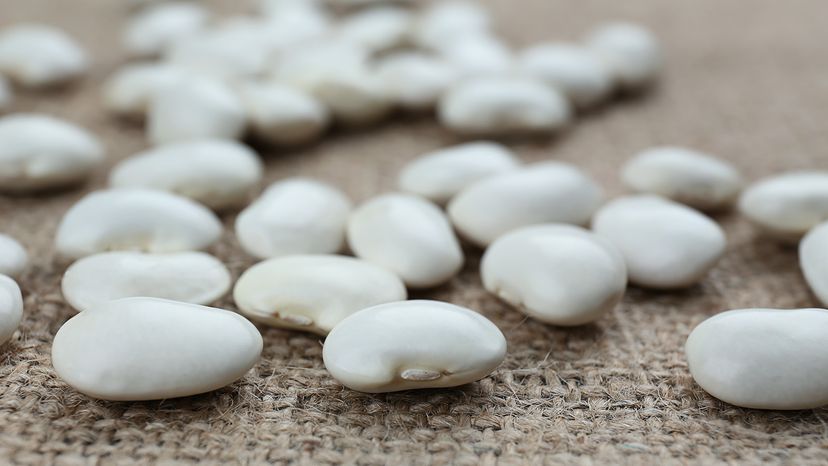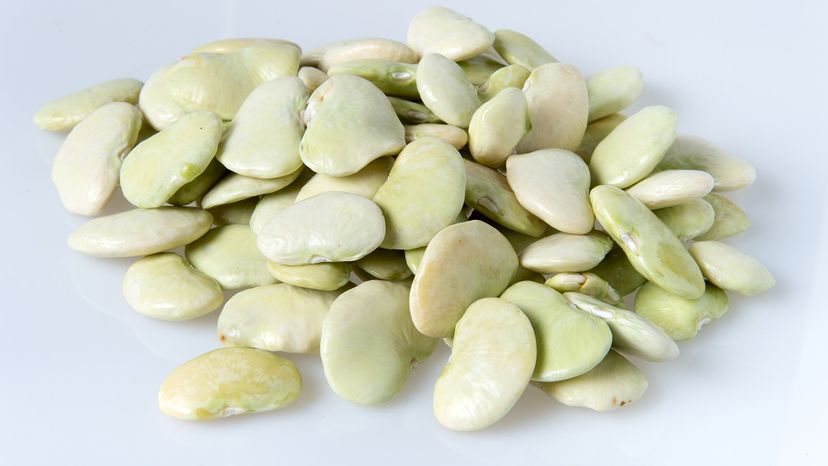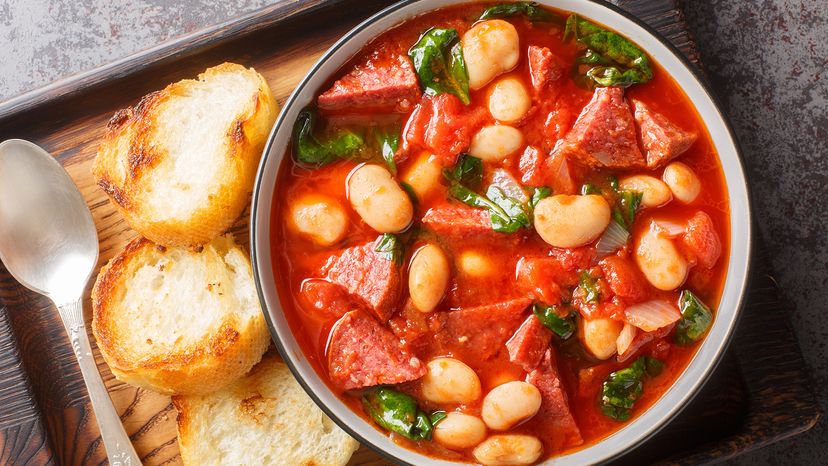
If you've ever found yourself staring at a bag of beans in the grocery store and wondering if it matters whether you put butter beans vs. lima beans in your cart, you're not alone. It's a common culinary conundrum, especially in kitchens from the Midwest to the South.
The answer is as comforting as a hot pot of beans: Yes, they are the same species. The lima bean, or Phaseolus lunatus, goes by many names depending on where you are and how it's cooked. In the southern United States, the larger, cream-colored variety is typically called a butter bean.
Advertisement
These tender legumes can be served fresh, frozen or dried, and their subtle flavor makes them perfect in recipes with tomatoes, garlic, onions or even bacon.

